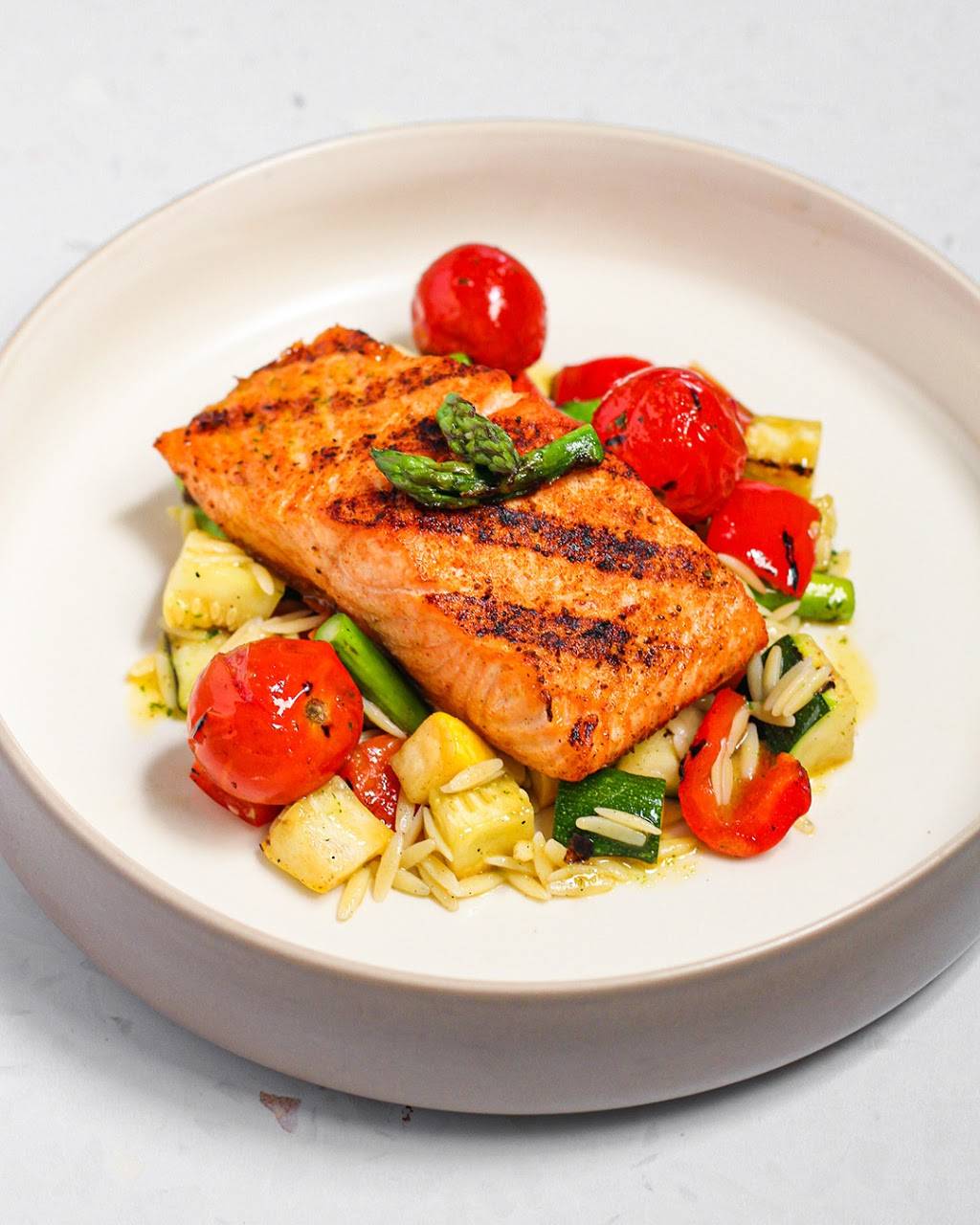


This process is stressful on the body and rarely enjoyable. What’s even more disappointing is shedding weight fast and gaining it back as fast as it came off.

They work for some people and fail for most. Put an end to pain & suffering from those trendy diets. Click this beautiful link and schedule an appointment with me BOOK WITH ME TODAY! Now I know that this may come off confusing and may lead to more questions, do not worry! I’m here to help and assist you with any inquiries you may have. Choose low-fat milk, fat-free milk, or yogurt to reduce saturated fat intake.Eat a mix of lean meat, poultry, seafood, eggs, nuts & seeds.The key is portion control and utilizing hand size measurements as a guide.įollow these recommended daily servings for each food group: Maintaining a balanced lifestyle can be easier than most think. *In the case you need to count calories, keep in mind the objective is to remain within the necessary caloric range. Unless you’re an athlete intensely training for a sport or health goal driven via weight loss/muscle gain, I firmly believe this is not necessary. If we’re not consuming enough of just one of these nutrients for long periods of time, we’ll experience problems such as low energy, digestion issues, muscle loss, hormone imbalances, weakened immune system, and the list goes on. Fats: Hormone secretion & regulation (helps transport nutrients).Carbohydrates: Provides glucose (our body’s preferred energy source).Protein: Build & repair tissue (organ/muscle).Macronutrients are nutrients that provide calories or energy and are required in large amounts to maintain body functions and carry out the activities of daily life. Each macronutrient plays an essential role in our body, enabling us to function. These are called “macronutrients” or “macros”. Caloric needs will vary throughout life.Ĭalories come in different forms such as protein, carbohydrates, & fats. How many we need is dependent on our health goals. Most foods & drinks consumed provide calories which become our energy source. Let’s start with the obvious… What Are Calories? To Count, or not to Count? That is the question – Whether ’tis nobler in the mind to suffer… yeah, a bit cheesy I know…But that is the question for today’s blog! What are calories? Where the hell do they come from? Is counting necessary?


 0 kommentar(er)
0 kommentar(er)
